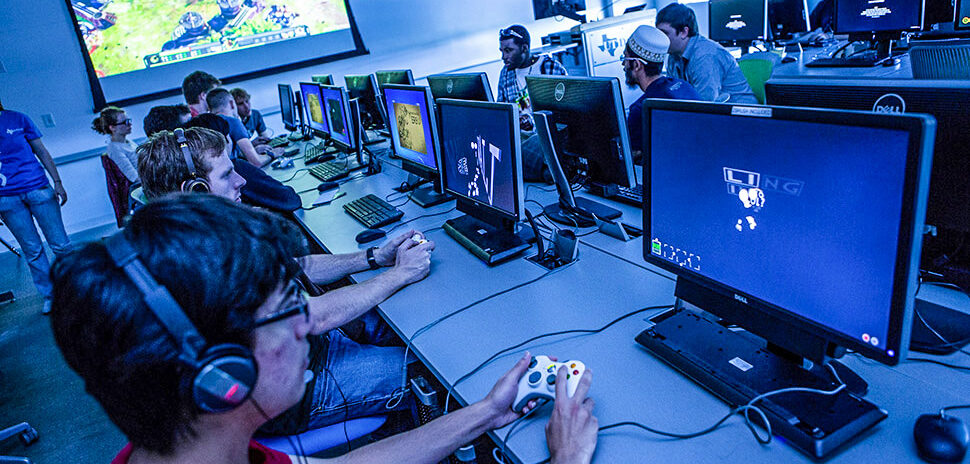Ken Tabor started his discussion on machine learning with famous quotes, then made the crowd gathered at the Big Design Conference in Addison last week guess who said it.
The three-day conference brought together professionals in user experience, web development, and digital marketing to discuss industry trends.
Tabor’s talk centered on how the “invisible force” of machine learning is changing the world.
He rattled off comments from Jeff Bezos, CEO and founder of Amazon, who uses AI to recommend products with the “Customer who bought this also bought” section. Not to mention the rapid automation and drones Amazon employs to deliver products.
But, this quote from earlier this month sparked headlines worldwide:
“Whoever becomes the leader in this sphere will become the ruler of the world.”
The quote, translated from Russian President Vladimir Putin, refers to the importance of artificial intelligence in future geopolitics.
Tabor, a product engineer at Southlake-based Sabre, defined machine learning as helping systems learn new behaviors and algorithms without help from programmers.
“The world is too complicated to code every possible outcome,” Tabor said.
“The world is too complicated to code every possible outcome.”
Ken Tabor
Machine learning is how machines read what you write and watch what you record and the ability to understand and identify what it’s about and the context.
Tabor’s seminar was standing room only with many attendees sitting on the floor in the tiny conference room at the Crowne Plaza Dallas hotel in Addison.
LEVERAGING POWER OF AI ACROSS INDUSTRIES
The basic concepts of AI have been around for 40 years, but it’s just now getting to the point where it can be put to work.
Self-driving cars will meet new and unexpected obstacles and scenarios. Email programs are trained by users to recognize what is spam and what isn’t.
For a more concrete example, Tabor sorted M&Ms by color. By using a few bags, he showed not all have the same number of candies and the number of each color varies, too.
Multiply that by millions or billions of M&M bags and that’s where AI comes into play.
AI could figure out if people prefer shinier candies, if one dye is cheaper than another on a massive scale or if one flavor tastes better than the others.
AI is faster, tireless, and a “fantastic invention that we want to leverage.”
Ken Tabor
Machine learning could be used to prevent bank fraud, write news articles, or generate customer profiles.
“There’s not enough people in the world to validate this stuff,” Tabor said.
The Associated Press uses AI to comb through quarterly earnings for public companies, churning out articles that have the relevant information in seconds, The Verge reported.
AI is faster, tireless, and a “fantastic invention that we want to leverage,” Tabor said.
BE MINDFUL OF POTENTIAL OF HUMAN BIAS IN AI
But then, Tabor changed his tone.
“I don’t trust them, especially without proper and complete training,” he said.
“I don’t trust them, especially without proper and complete training.”
Ken Tabor
As an example, he showed a photograph of a boy and associated it with a football, basketball, and baseball. The idea being to teach the AI the difference between the balls so it can identify them.
But the photo also introduces human biases into AI, teaching it to associate the balls and sports with boys, Tabor said. Not to mention the boy’s ethnicity, being white middle class.
“The problem is the data you’re going to feed it,” Tabor said. “You’re going to tell it, ‘this is a man, this is a woman, this is an American.’”
Read next

UIE Founder Says Understanding Context is Key in Design
Jared Spool was one of many industry professionals sharing their expertise during last week’s Big Design Conference in Addison.
Dallas Innovates, every day
One quick signup, and you’ll be on the list.
































